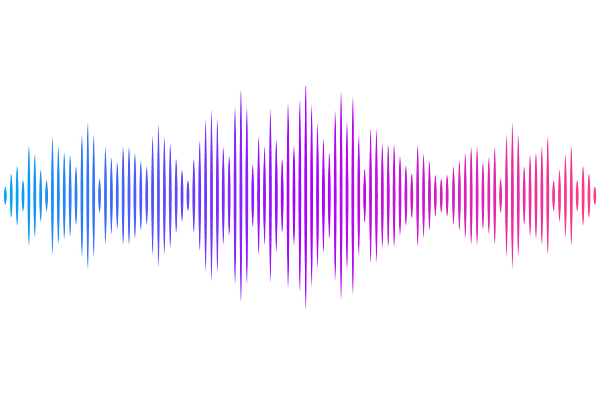Unraveling the structure of the stratified ultra-fast outflows in PDS 456 with XRISM

Unraveling the structure of the stratified ultra-fast outflows in PDS 456 with XRISM
Yerong Xu, Luigi C. Gallo, Kouichi Hagino, James N. Reeves, Francesco Tombesi, Misaki Mizumoto, Alfredo Luminari, Adam G. Gonzalez, Ehud Behar, Rozenn Boissay-Malaquin, Valentina Braito, Pierpaolo Condo, Chris Done, Aiko Miyamoto, Ryuki Mizukawa, Hirokazu Odaka, Riki Sato, Atsushi Tanimoto, Makoto Tashiro, Tahir Yaqoob, Satoshi Yamada
AbstractMultiple clumpy wind components ($v_{out}\sim0.2-0.3c$) in the luminous quasar PDS 456 have recently been resolved by XRISM in the Fe-K band for the first time. In this paper, we investigate the structure of ultra-fast outflows (UFOs) using coordinated observations from XRISM, XMM-Newton, and NuSTAR, along with the self-consistently calculated photoionization model \texttt{PION}. Our results reveal a stratified ionization structure likely driven by the radiation field, characterized by a relation between wind velocity and ionization parameter $v_{out}\propto\xi^{(0.38\pm0.06)}$. To evaluate the impact of the screening effect, we tested all possible order permutations of six \texttt{PION} components. We find that highly ionized UFOs ($\log\xi>4.5$) are insensitive to their relative positions, whereas the soft X-ray UFO ($\log\xi\sim3$ and $v_{out}\sim0.27c$) and the lowest-ionized hard X-ray UFO ($\log\xi\sim4.1$ and $v_ {out}\sim0.23c$) are statistically favored -- based on the evidence from both the C-statistic and Bayesian analysis -- to occupy the middle and innermost layers, respectively. This suggests a possible trend where slower UFOs are launched from regions closer to the supermassive black hole (SMBH). The soft X-ray UFO is found to be thermally unstable, regardless of its relative position. However, its location remains unclear. Our sequence analysis and its similarity to hard X-ray UFOs suggest that they may be co-spatial, while variability constraints support its location within the broad-line region at sub-parsec scales. Simulations with the gate-valve opened XRISM show that high-resolution soft X-ray data can enhance the reliability of our results. Furthermore, simulations with the future X-ray mission NewAthena demonstrate its capability to resolve the absorber sequence and spatial distributions, enabling the determination of UFO structures and their roles in AGN feedback.